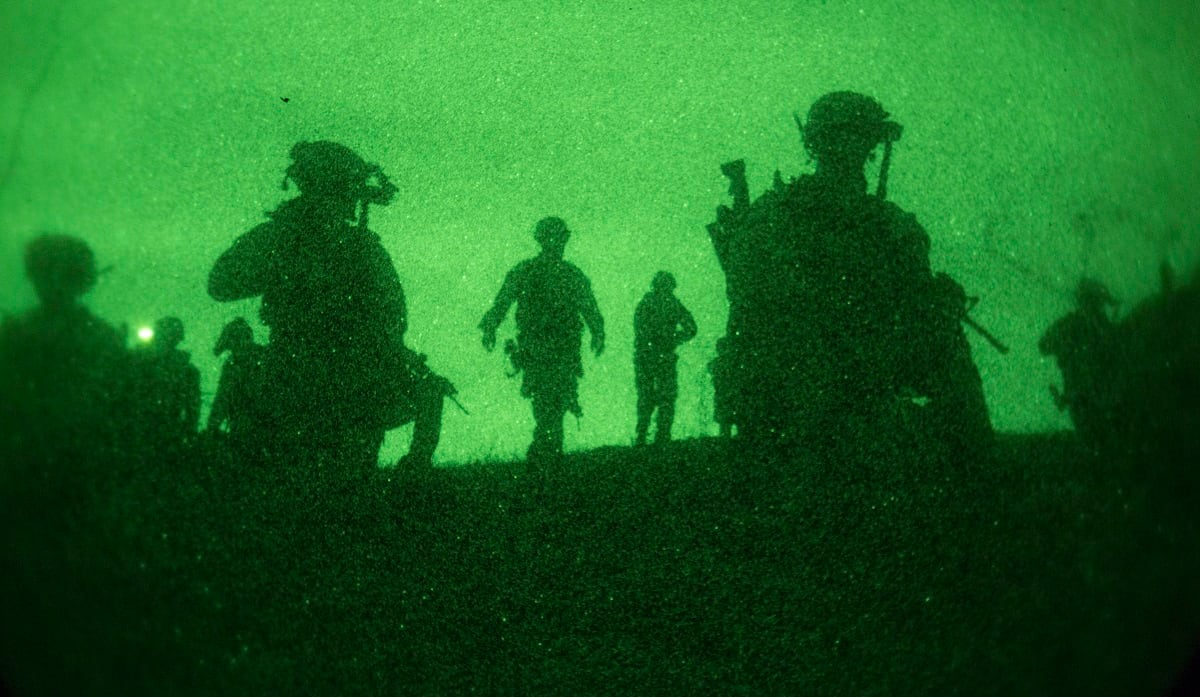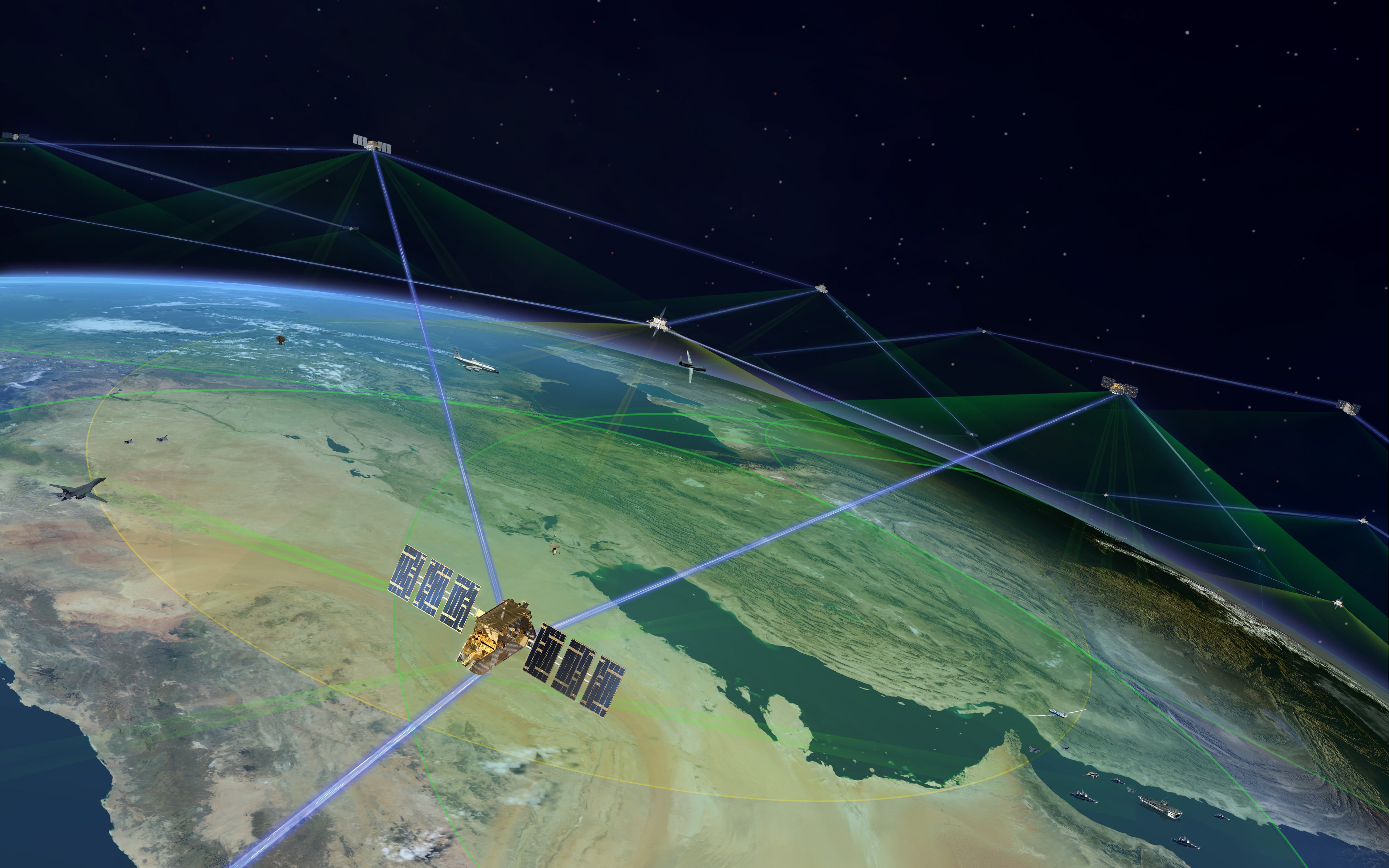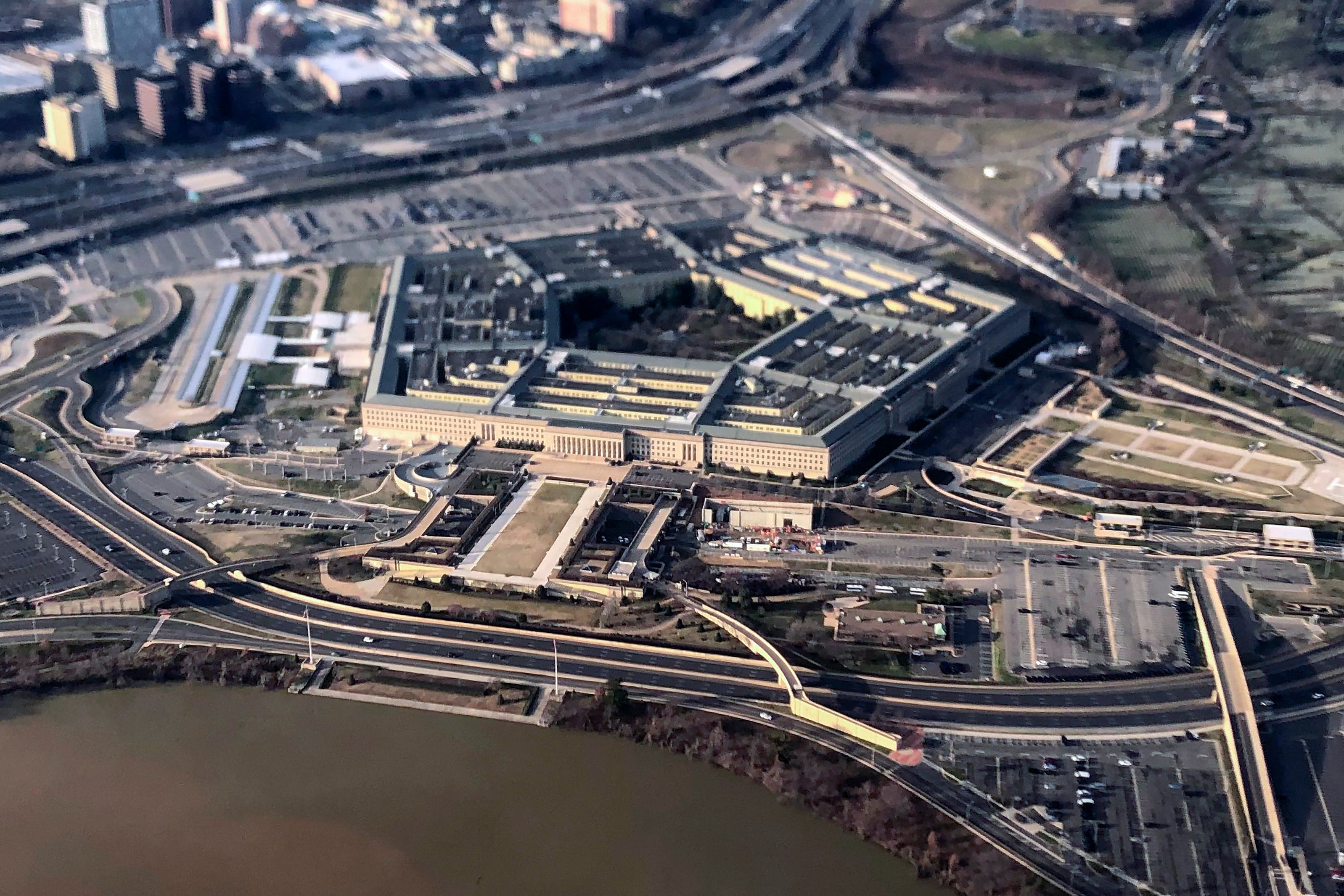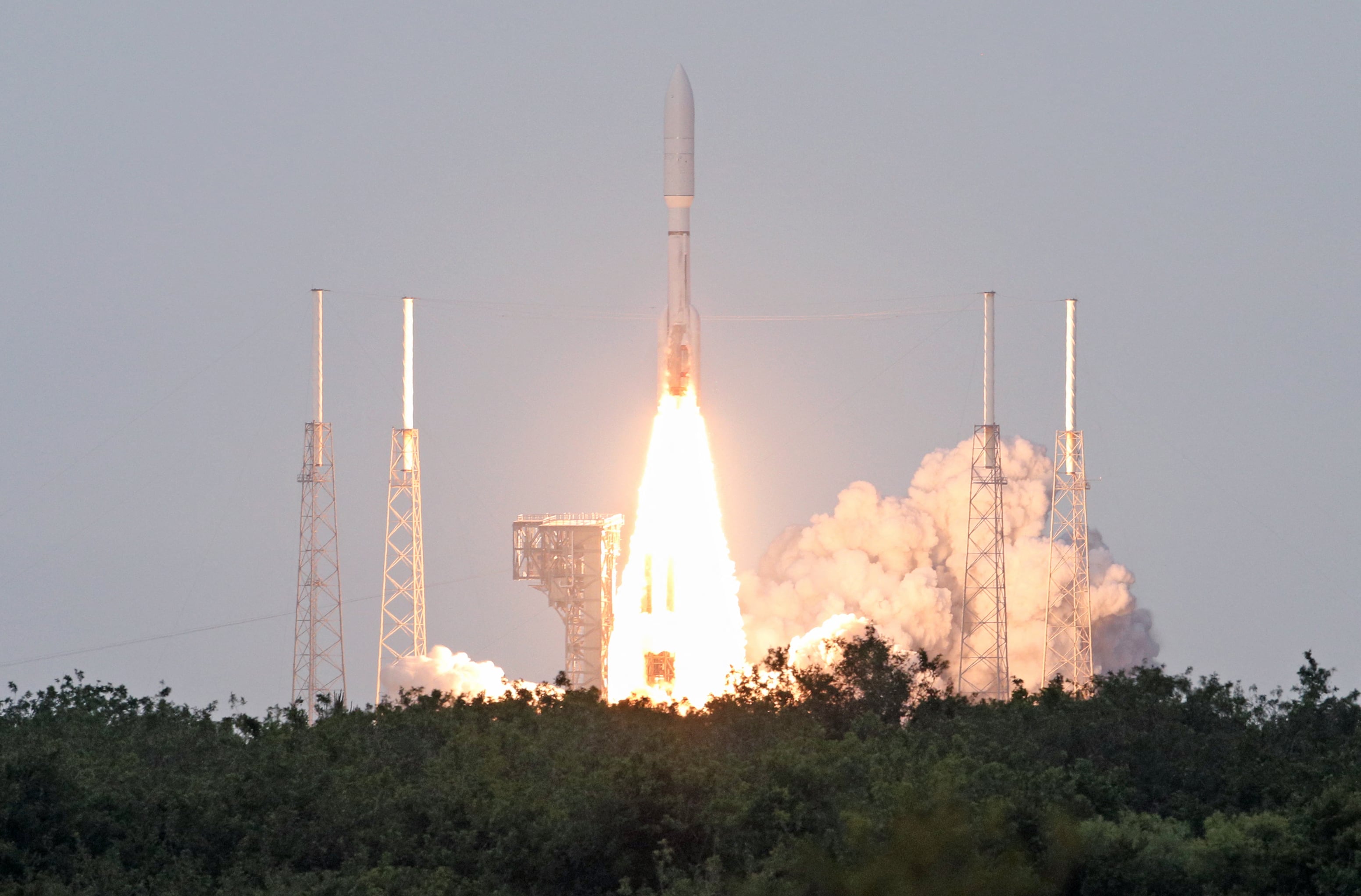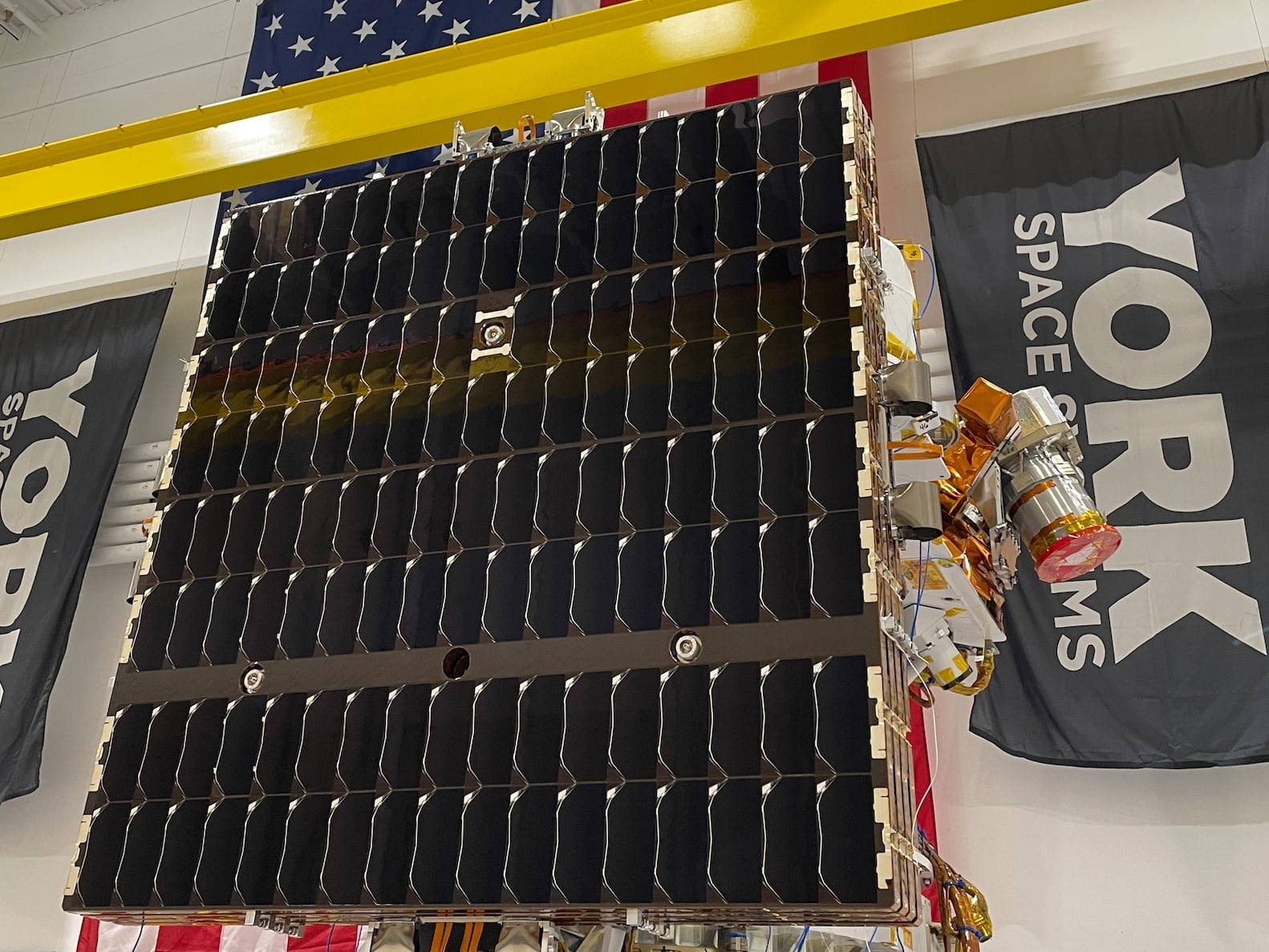Any theater of operations can contain multiple impediments, ranging from harsh terrain to compromised structures to damaged – or non-existent – communications infrastructure, which can hamper the effectiveness of video applications supporting intelligence, surveillance, and reconnaissance (ISR) missions.
Addressing these challenges is critical because today’s battlefield operators rely on the ability to transmit and receive high-quality images, regardless of network conditions, from ISR platforms -- such as airborne drones or terrestrial and underwater remotely piloted vehicles. The video-based intelligence provided by ISR platforms is critical to the situational awareness and effective decision-making necessary for mission success.
Severe conditions and wildly inconsistent communication networks are often the rule rather than the exception during ISR activities. Information received late because of network latency or fuzzy images caused by dropped packets can mean the difference between life and death.
That is why change-bitrate-on-the-fly technology is an increasingly important feature within the ISR community because it affects the quality and timeliness of tactical intelligence. The technology associated with ISR activities has progressed. Camera technology has advanced so that video image capture is highly detailed. Sensors can detect minute changes in environmental temperature as well as ground-penetrating radar.
As a result of these and other emerging solutions, a single ISR platform can share more information than ever. Change-Bit-Rate-on-the-Fly technology has been developed to enable the community to address network constraints by adapting the bitrate as networking conditions change.
Preserving image quality across networks
The wide array of data these increasingly advanced video capture devices produce presents challenges when contacting the wireless networks necessary for transmission. Bandwidth, capability, and change in relation to the network are all variable as ISR platforms follow mission plans.
As these platforms shift from one data carrier to another, they will likely experience a difference in bandwidth available to support the data traffic. Sometimes, that delta can be significant. A cellular network might deliver up to 100 megabits in connectivity, while the next available network is a satellite signal that supports a fraction of that capacity.
By design, ISR platforms are nearly always in motion, which introduces other challenges. The quality and strength of wireless signals are better when platforms are near antennas. Signals weaken as the distance from antennas grows.
The connectivity environment is highly dynamic, with bandwidth fluctuating from total capacity, which can be cut in half and then a third as ISR platforms move away from an antenna.
Change-Bitrate-on-the-Fly allows dynamic real-time response to changes in network signal strength, ensuring image quality continuity. It represents a major improvement over previous efforts to support ISR video requirements.
Mark Rushton is the global defense and security lead at VITEC, a supplier to the Intelligence, Surveillance, Target Acquisition and Reconnaissance (ISTAR) technology community.
